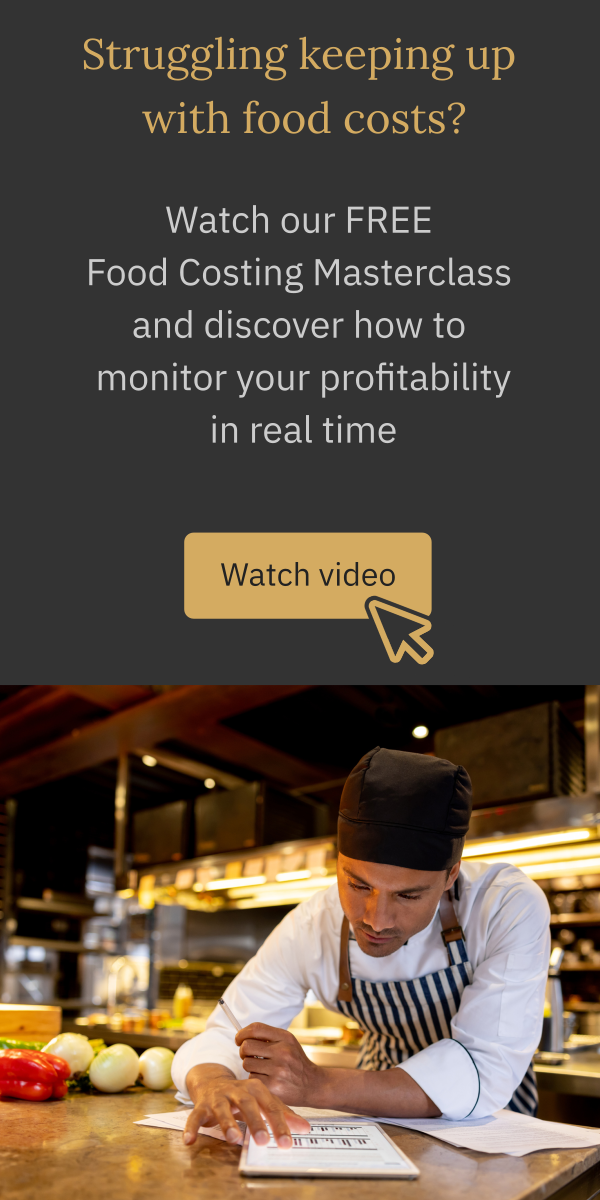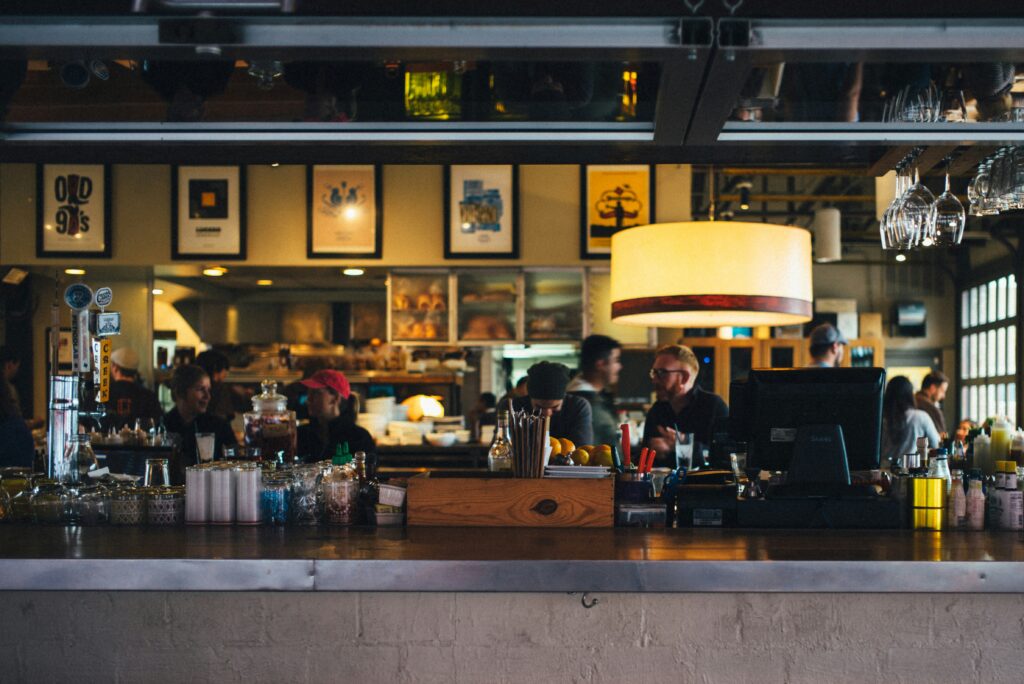Stay in the loop
Table of Contents
What is beverage cost?
Beverage cost is a ratio that compares the cost of alcohol sales with total alcohol sales for a given period of time. It allows you to see what percentage of your selling cost you are using in order to make a drink.
For example, if you used 25 cents worth of alcohol and sold it for a dollar, your beverage cost would be 20%. This is also known as beverage cost percentage or sometimes pour cost. At most bars and restaurants, the average pour cost is generally between 18 and 24%.
How does beverage cost impact your profit?
Beverage cost impacts your profits in a big way. If your beverage cost percentage is too far off, it can highlight problems in the management of your bar. If your bar manager performs an inventory check and your beverage percentage falls significantly outside of the ideal beverage cost percentage (18 to 24%), you should analyze your pricing strategy, compare different suppliers and optimize inventory management.
Get personalized recommendations on bar and restaurant inventory management.
If you are purchasing liquor, wine or beer from your supplier at a higher price, but still selling it at a competitive rate, you are going to have a higher alcoholic beverage cost percentage which will eat into your profits and minimize your bottom line. It is extremely important that you know exactly how much you are paying for your drinks and beverages in order to make sure you are selling them at an acceptable rate.
What affects liquor costs?
Drinks prices
Inevitably, drink prices greatly affect liquor and beverage cost percentage. The higher your drink prices, the more profit you will make as the pricing difference between what you are paying to make them and what you are selling them for is greater. This potential for profit can tempt businesses to increase their drink prices an unreasonable amount. However, if you price your drinks too high you might actually end up losing profit.
This is why it’s important to strike up a balance between what you are paying, what you are charging and what your competition is charging. This is where the average beverage cost percentage can help as it will allow you to price your drinks in a more standardized manner.
Portion control
Just as with food, you also need portion control with drinks. However, when it comes to beverages, portion sizes are referred to as pour sizes. When you calculate your drink prices, this is done in relation to pour size. For example, you’d expect to pay more for a drink with a double shot of tequila than you would for a drink that is made with a single shot because more alcohol is used in its making, hence costing the bar more money to make.
Using measuring glasses or shot glasses is an easy way to ensure all employees are giving out the same measures of liquor for drinks. Even if you have experienced bartenders and you trust them to free pour your drinks, having a standardized system of measurement is always a good idea.
Inventory control
Bar inventory control is integral to make sure your bar is run efficiently and that you are buying an appropriate amount of stock to supply. Buying too much alcohol for your bar will mean that you have wasted money on surplus stock, whereas not buying enough will leave customers disappointed. This is why you need to continuously assess your stock levels.
One of the best ways to keep on top of inventory control is to invest in a bar inventory app. Rapidbar can help you instantaneously update stock levels so you know what you are running low on and can directly order from your suppliers.
How do you calculate beverage cost?
Knowing how to accurately calculate beverage costs is extremely important to ensure you are making as much profit as possible whilst remaining competitive in the industry. You can use the formula below to calculate your beverage costs:
Beverage cost = cost of sales/total sales
When calculating costs, you should establish a specific time frame to do so. This ensures you are doing regular inventory checks and giving yourself a time frame to input into your calculation formula.
What is a good beverage cost percentage?
It can be difficult to know what your beverage cost percentage should be, especially since it is different for each specific type of drink. However, there are some industry averages that can help you to know at what level to price your drinks.
Here are the beverage cost percentage averages for each type of drink:
- Liquor – 18 to 20 %
- Bottled beer – 24 to 28 %
- Draft beer – 15 to 18 %
- Wine – 35 to 45 %
- Soft drinks – 10 to 15 %
- Coffee – 15 to 20 %
- Tea – 5 to 10 %
The above percentages are a guide and do not have to be followed strictly. However, if your bar follows these rules of thumb, your profit margins will likely be large enough to ensure the success of your business.
What is the best way to optimize your bar inventory control?
One of the best ways to optimize your bar inventory control and minimize your beverage costs is to invest in an inventory app. RapidStock app is one of the best on the market thanks to its seamless integrated POS system, cost control features, simplified purchasing and access to real-time data.
Here are some of the benefits of using the RapidStock inventory app:
- Manage liquor orders and sales
- Track your inventory directly in the app
- Avoid liquor discrepancies as well as bar count variances
- Save on labor cost
- Stock data and avoid paperwork
- Identify bar liquor errors
- Extend your POS bar inventory features
- Automate supplier order calculation
About the author
Fabrice Tremblay
Fabrice founded RapidStock in 2017 after working as a production planner for almost two decades. Briefly a bar owner and tech lover, he was inspired by the challenge of helping passionate entrepreneurs in the bars and restaurants industry.
When not working on RapidStock, Fabrice enjoys cooking and spending time outdoors with friends and family.
More tips and tricks



